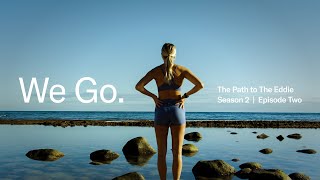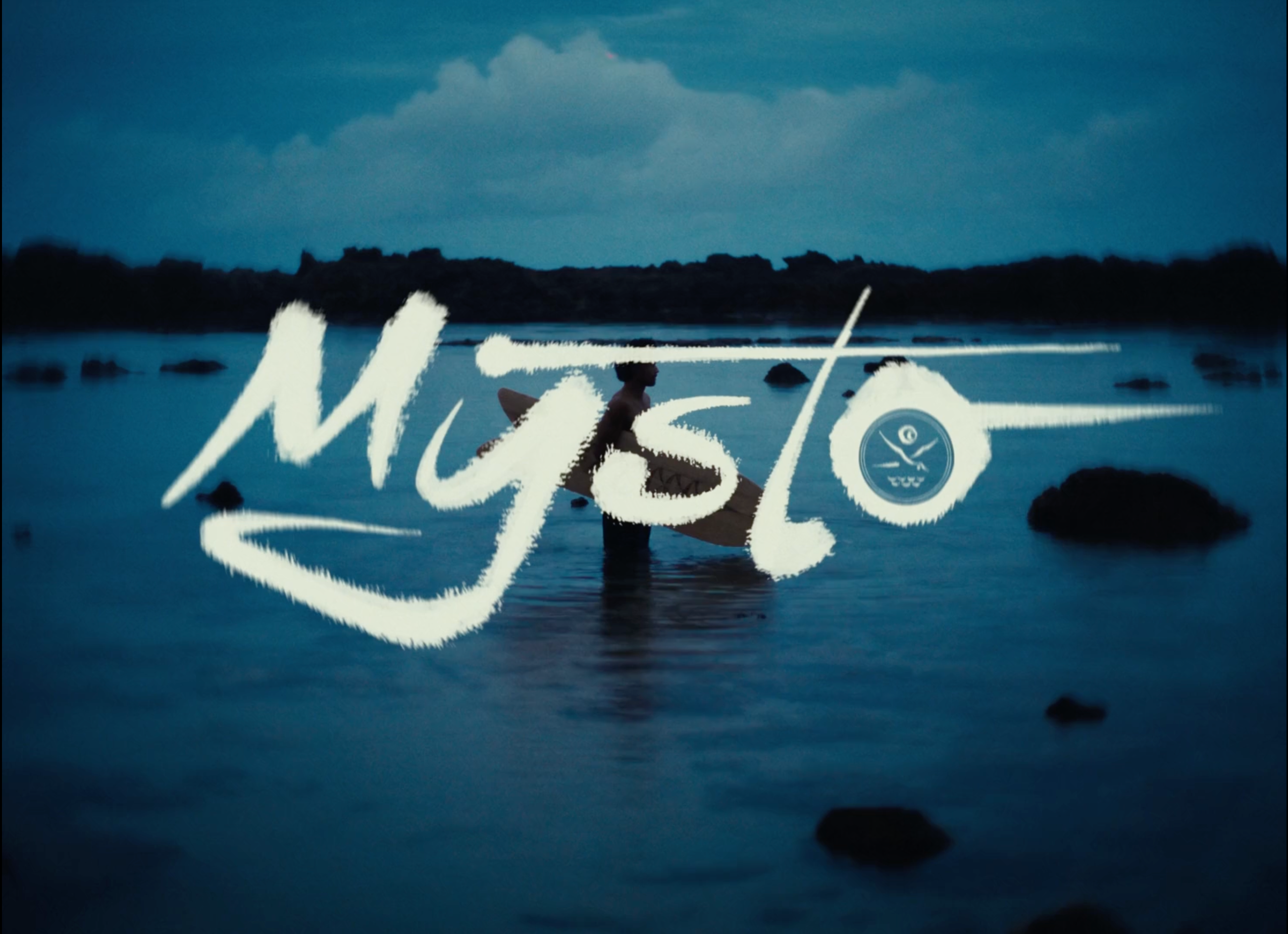5 of the Most Intriguing Waterfalls Of Hawaii
World-famous for their incredible natural beauty, the islands of Hawaii offer jungle covered cliffs, canyons, ravines, rainforests, deserts, some of the most active volcanoes in the world, unique fauna and flora found nowhere else on earth, the wettest spot in the world, and some of the planets highest and most scenic waterfalls.
Things To Know Before You Go
Helicopter tours or guided hikes are encouraged for viewing of natural amenities in remote locations. Trekkers are advised to remember basic rules when exploring the islands independently and cautioned always to think, “safety first.” Many trails are steep, winding, narrow, and very slippery when wet. When planning to tramp about the island trails, the following guidelines are encouraged.
Be sure to wear sturdy hiking boots or walking shoes. Many remote trails are only suitable for the physically fit. There are steep drop-offs on the edge of many tracks, so supervise children well. Trails and pathways lack campsites and fires are not permitted at any time. Remember to bring insect repellent, sunglasses, plenty of drinking water, sunscreen, foul weather gear, and a first-aid kit. Acquaint yourself with a map of the area and let someone know your proposed adventure itinerary and when you will return.
Waimea Falls, Kauai
A dramatic 700-foot waterfall located in Waimea Canyon on the drier side of the Garden Isle of Kauai, the magnificent cascade is only visible during the rainy season of the winter months, typically November through February. However, Waimea Canyon, known locally as the “Grand Canyon of the Pacific” presents a diverse array of spectacular scenery that intrigues adventurous trekkers year around. The canyon is 16 miles long. When visiting the falls, plan to hike a bit further to the Kalalau Lookout for a view that will truly take your breath away.
Wailua Falls, Kauai
Located in the Puna District at Wailua River State Park, Wailua Falls is a favorite site for both locals and visitors. Fans of Jurassic Park will likely recognize 2,600-foot Wailua Falls which, because of it massive force and giant girth, is featured is several shots in the epic film. Lush lacy green moss, floral vines, and a treasure trove of native plants cover the canyon walls. The spectacular falls, not to be confused with falls of the same name located on Maui, are easily accessible and considered by many to be the most beautiful of the publicly-accessible waterfalls on the island. The foliage surrounding the falls is symbolic of why Kauai is known as the “Garden Isle.” Kauai is the youngest, wettest, and greenest island of the islands. Wildflowers are abundant; their sweet scent carried on the wind.
Olo’upena Falls, Molokai
The highest waterfall in all of the Hawaiian Islands and one of four spectacular tall waterfalls that plummet down the face of the verdant face of the cliffs of the north shore of Molokai, 2,953-foot Olo’upena Falls rambles down the mountain in a series of horseshoe-shaped pools before plunging to the sea. The best way to view the stellar beauty of the Molokai waterfalls and world-famous cliff faces is via sea kayak.
Honokohau Falls, Maui
The tallest waterfall on the Valley Isle, Honokohau Falls is a scenic water feature in the West Maui Mountains. The fall drops dramatically from a small pool atop the mountain to a second pool halfway down the mountain, from which it plunges another several hundred feet to a gracious pond at the bottom of the mountain. The falls have a total drop of 1,119 feet.
Hilawe Falls, Big Island
Located deep in the Waipio Valley, Hilawe Falls are only visible from the valley floor or by air. Energetic hikers that are well rewarded for their efforts. The view is beyond compare. Visitors are warned to avoid following the trail beyond the falls as doing so would create a trespass on private property. Visitors are also strongly advised not to attempt driving any vehicle into the valley. Rugged and slippery when wet, the red dirt track descends more than 900-feet in just less than a mile. The only access is by foot, just be ready for a long, hard climb back out.
















